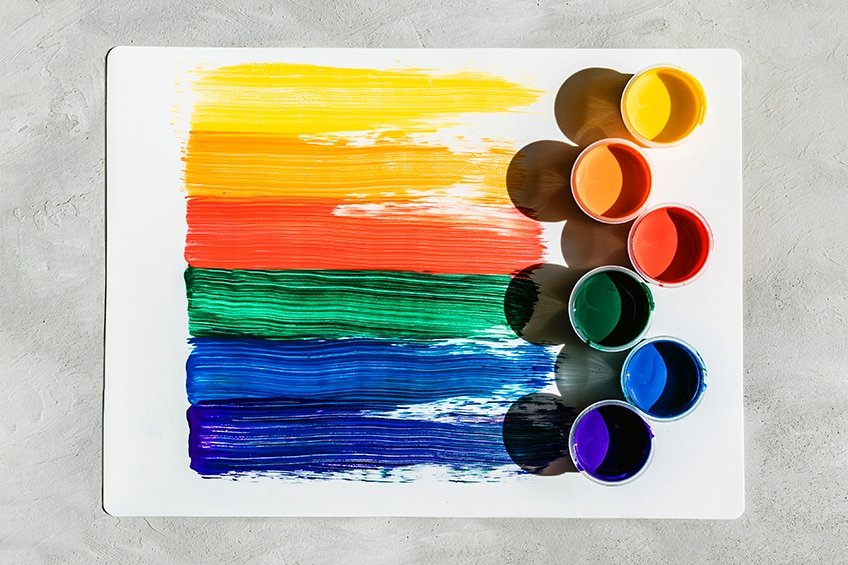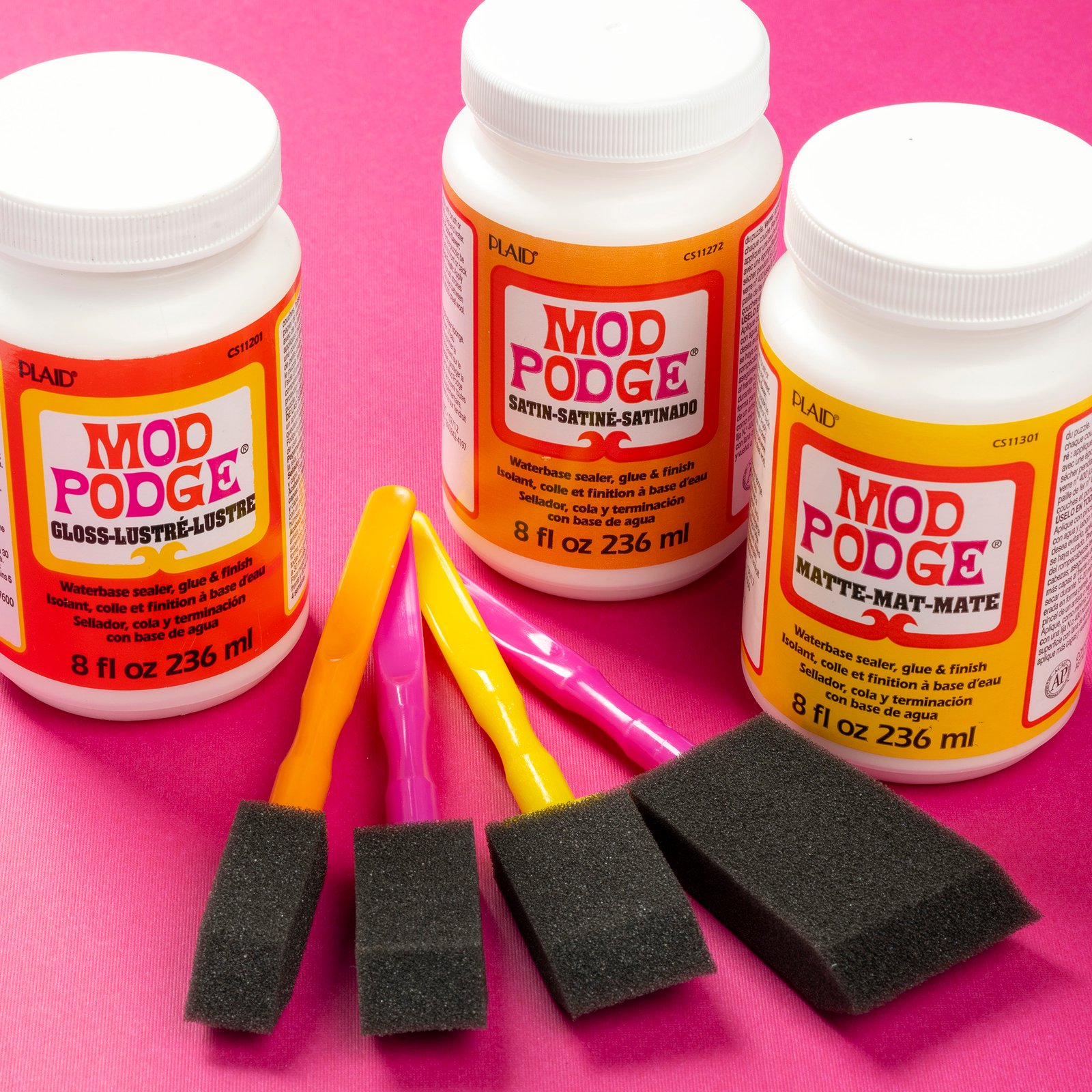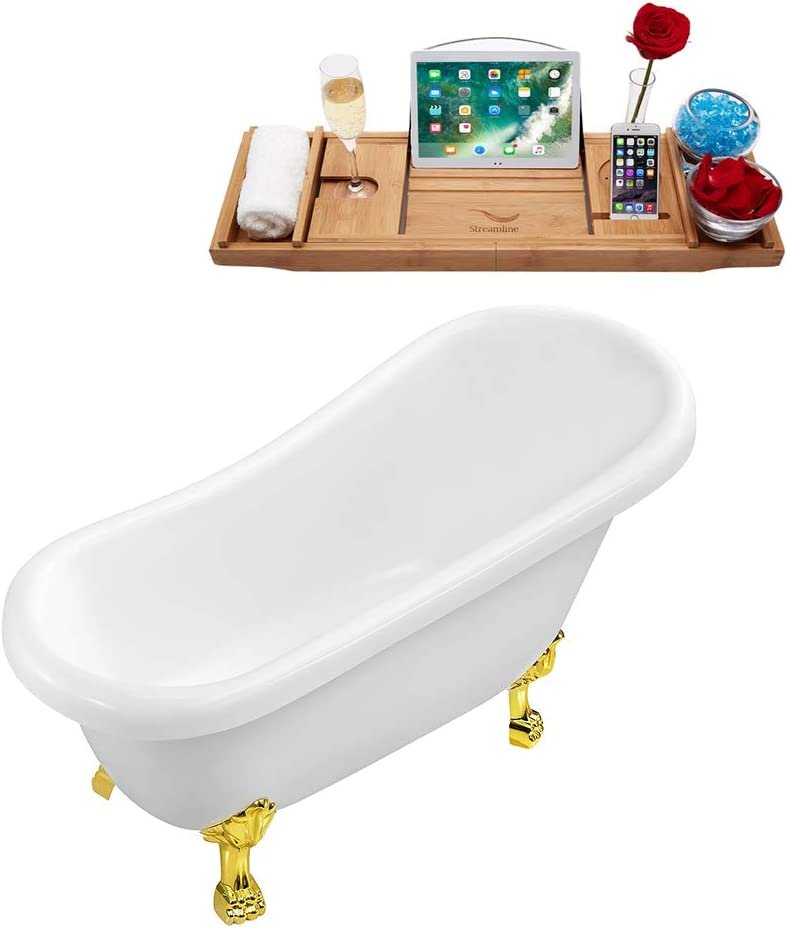So you have come across tempera paint and want to try it out for your next project. Tempera paint is a type of paint has been used for centuries as a medium for creating artwork, and is still popular today for its affordability, non-toxicity, and quick drying time. But, Is Tempera Paint Acrylic?
Tempera paint is not the same as acrylic paint. It is a fast-drying, water-soluble paint that is made from pigment mixed with a water-soluble binder, such as egg yolk. It is not as durable as acrylic paint and is more susceptible to flaking and fading over time. Tempera paint is often used in educational settings and for craft projects because it is non-toxic and easy to clean up with soap and water.
If you are new to using tempera paint, here are a few things to keep in mind as you get started
Related Posts
Is Apple Barrel Matte Acrylic Paint Waterproof?
Top 3 Best Mod Podge Formulas for Metal in 2023 : A Complete Review
TOP 10 Best Acrylic Fish Tanks in 2023
How is Tempera Paint Made?


Tempera paint is a type of paint that has been used for centuries and is still popular today for its versatility and affordability. It is made from pigment mixed with a water-soluble binder, such as egg yolk, which gives it its characteristic creamy consistency and makes it easy to clean up with soap and water.
To make tempera paint, the first step is to mix the pigment with the binder. The pigment can be any type of dry, finely ground colorant, such as natural minerals, metallic oxides, or synthetic dyes. The binder is typically an emulsion of egg yolk, although other water-soluble binders, such as milk or glycerin, can also be used.
To mix the pigment and binder, the ingredients are typically combined in a bowl or blender and stirred or blended until they are fully incorporated. Depending on the recipe, other ingredients, such as water, preservatives, or emulsifiers, may also be added to the mixture.
Once the pigment and binder have been mixed, the paint is ready to be used. It can be applied to a variety of surfaces, including paper, cardboard, wood, and canvas, using a brush, roller, or other application tool. Tempera paint dries quickly, typically within a few hours, and can be thinned or thickened as needed by adding more water or pigment to the mixture.
Differences Between Tempera Paint and Acrylic
Tempera paint and acrylic paint are two types of paints that are often used for art and craft projects. Both have similarities but also differences.
One of the main differences between tempera paint and acrylic paint is the binder that is used to hold the pigment together. Tempera paint is made with a water-soluble binder, such as egg yolk, while acrylic paint is made with a polymer emulsion. This means that tempera paint is water-soluble, while acrylic paint is water-resistant and requires special solvents or thinners for cleaning.
Another difference is the drying time. Tempera paint dries much more quickly than acrylic paint, which can take hours or even days to fully dry, depending on the thickness of the layer. This can be convenient if you are working on a project with a tight deadline, but it can also make tempera paint more difficult to work with for certain techniques, such as blending and layering.
In terms of durability, acrylic paint is generally more durable than tempera paint. Acrylic paint is resistant to fading and discoloration over time, and it can also be used outdoors without fading or chalking. Tempera paint, on the other hand, is more prone to fading and is best suited for indoor use.
One advantage of tempera paint is that it is non-toxic and safe for use by children. Acrylic paint, on the other hand, contains chemicals that can be harmful if ingested, so it is important to use caution and follow the safety instructions on the label.
Overall, the choice between tempera paint and acrylic paint will depend on your specific needs and preferences. If you are looking for an affordable, non-toxic option that dries quickly and is easy to clean up, tempera paint might be a good choice. However, if you need a more durable, long-lasting paint that can be used outdoors, acrylic paint might be a better option.
What Is Tempera Paint Good For?
There are many different ways that tempera paint can be used, depending on the project you are working on. Some common applications for tempera paint include:
- Art and craft projects for children: Because tempera paint is non-toxic and easy to clean up, it is a popular choice for art and craft projects for children. It can be used on a variety of surfaces, including paper, cardboard, and wood, and is a great way to introduce children to the world of painting.
- Murals and large-scale artwork: Tempera paint can be used to create murals and other large-scale artwork, although it is not as durable as other types of paint, such as acrylic or oil paint. If you are planning to create a mural that will be exposed to the elements or will be subject to heavy wear, you may want to consider using a more durable paint.
- Theatre and costume design: Tempera paint is often used in theatre and costume design because it dries quickly and can be easily removed from clothing and other fabrics. It is also non-toxic, making it a safe choice for use on costumes and other items that will be worn by actors.
- Preliminary drawings and studies: Because tempera paint dries quickly and is easy to work with, it is often used for preliminary drawings and studies, especially in the early stages of a project. It is a good way to experiment with different ideas and techniques before committing to a final piece.
Overall, tempera paint is a versatile medium that can be used for a wide range of art and craft projects. It is affordable, non-toxic, and easy to work with, making it a good choice for beginners and experienced artists alike.
3 Techniques to Apply Tempera Acrylic Paint


- Dry brush technique:
- Gather your materials: To create the dry brush technique, you will need a paintbrush, a palette for mixing your paint, and a paper towel or cloth for wiping off excess paint. You will also need a small amount of tempera acrylic paint in the color of your choice.
- Mix the paint: Squeeze a small amount of paint onto your palette. You will only need a small amount, as the dry brush technique involves applying a thin layer of paint.
- Dip your brush in the paint and then wipe off most of the paint on a paper towel or cloth. The brush should be almost dry when you apply it to the surface.
- Apply the paint: Using light, sweeping strokes, apply the paint to the surface in the desired pattern. You can use a dry brush to create a variety of effects, including textured, uneven coverage, highlights, and accents.
- Repeat as needed: You can build up the paint in layers to create a more opaque effect, or you can leave some areas of the surface unpainted for a more transparent look.
- Glazing technique:
- Gather your materials: You will need paintbrush, a palette and any tempera paint( I recommend
- Mix the paint: mix tempera paint together with water to create a translucent mixture
- Load the brush: Dip your brush in the paint mixture and wipe off any excess on a paper towel or cloth.
- Apply the glaze: Using a soft brush or a cloth, apply the glaze to the surface in thin layers, working in small sections at a time. You can build up the glaze in layers to create a more opaque effect, or you can leave some areas of the surface unpainted for a more transparent look.
- Repeat as needed: Allow each layer of glaze to dry completely before applying the next layer. You can repeat this process until you achieve the desired effect.
- Stenciling technique:
- Get your materials: To create the stenciling technique, you will need a stencil, a paintbrush, a palette for mixing your paint. You can use a store-bought stencil or create your own using heavy paper or cardboard.
- Mix the paint: Squeeze a small amount of paint onto your palette. You will only need a small amount, as the stenciling technique involves applying a thin layer of paint.
- Load the brush: Dip your brush in the paint and then wipe off any excess on a paper towel or cloth. The brush should be moist, but not dripping.
- Position the stencil: Place the stencil on the surface in the desired location and hold it in place with your hand or a piece of tape.
- Apply the paint: Using a small brush or a sponge, apply the paint through the openings in the stencil. You can use a circular motion or short, back and forth strokes to apply the paint evenly.
- Repeat as needed: Allow the paint to dry completely
The Best Liquid Tempera Paint For Beginners
/Sealing Tempera Paints on Canvas, Wood , Glass
Sealing tempera paint can help to protect it from fading, discoloration, and wear, and can also give it a more finished, professional look. Here are some detailed instructions for sealing tempera paint on wood, canvas and glass:
Sealing tempera paint on canvas:
- Gather your materials: To seal tempera paint on canvas, you will need a can of clear acrylic sealant, a paintbrush or roller, and a well-ventilated work area. You will also need a piece of canvas, wood or glass that has been painted with tempera paint and allowed to dry completely.
- Prepare the surface: Before you begin sealing , make sure it is clean and free of any dirt or debris. If the canvas is particularly dirty or greasy, you may need to wash it with soap and water before proceeding.
- Apply the sealant: Once the surface is clean and dry, apply a thin layer of clear acrylic sealant using a paintbrush or roller. Work in small sections at a time, using long, even strokes to ensure an even coverage.
- Allow the sealant to dry: After you have applied the sealant to the entire canvas, allow it to dry completely according to the manufacturer’s instructions. This may take anywhere from a few hours to a full day, depending on the brand of sealant you are using and the humidity and temperature of your work area.
- Repeat as needed: Once the first layer of sealant has dried, you may choose to apply a second layer for added protection. Repeat the process of applying and drying the sealant until you have achieved the desired level of protection.
Is Tempera Paint Water Proof?
Tempera paint is not waterproof. It is made from pigment mixed with a water-soluble binder, such as egg yolk, which makes it water-soluble and easy to clean up with soap and water. However, this also means that it is not resistant to water and can be easily damaged or washed away if it comes into contact with water.
If you need a paint that is waterproof and resistant to water damage, you may want to consider using a different type of paint, such as acrylic paints or oil paint
Is Tempera Paint Washable?


Image Source: Amazon
Tempera paint is washable. It is made from pigment mixed with a water-soluble binder, such as egg yolk, which makes it water-soluble and easy to clean up with soap and water. This makes it a popular choice for art and craft projects, especially those that are being created by children, as it is non-toxic and safe to use.
To wash tempera paint from clothing or other fabrics, you can simply soak the item in warm water and mild detergent for a few minutes, then rinse and allow it to air dry. You may need to repeat this process a few times if the paint is particularly stubborn or has been allowed to dry for an extended period of time.
Pros and Cons of Tempera Paint You Should Know?
Pros:
- Affordable: Tempera paint is generally less expensive than other types of paint, making it a good choice for artists on a budget.
- Non-toxic: Tempera paint is made from natural ingredients and is non-toxic, making it safe to use by children and adults alike.
- Quick drying time: Tempera paint dries much more quickly than other types of paint, which can be convenient if you are working on a project with a tight deadline.
- Water-soluble: Tempera paint is water-soluble, which makes it easy to clean up with soap and water.
- Versatile: Tempera paint can be used on a variety of surfaces, including paper, cardboard, wood, and canvas.
- Non-flammable: Tempera paint is non-flammable, which makes it safe to use in areas where open flames are not permitted.
Cons:
- Limited color range: Tempera paint is not available in as many colors as other types of paint, such as acrylic or oil paint.
- Not as durable: Tempera paint is not as durable as other types of paint, and is more prone to fading, discoloration, and chipping.
- Limited blending and layering capabilities: Tempera paint is more difficult to blend and layer than other types of paint, due to its quick drying time.
- Not waterproof: Tempera paint is not resistant to water and can be easily damaged or washed away if it comes into contact with water.
- Not suitable for outdoor use: Tempera paint is not as resistant to fading and discoloration as other types of paint, and is best suited for indoor use.
- May require a sealant: Tempera paint may require a sealant to protect it from fading, discoloration, and wear, which can add an extra step to the painting process.
Frequently Asked Questions
Can I use tempera paint on canvas?
you can use tempera paint on canvas. Tempera paint is a versatile medium that can be used on a variety of surfaces, including paper, cardboard, wood, and canvas
Is acrylic or tempera paint better for kids?
Both acrylic and tempera paint can be used for art projects with children, and both have their own unique benefits. Acrylic paint is a fast-drying, water-based paint that is non-toxic and easy to clean up. It is also available in a wide range of colors and can be used on a variety of surfaces, including canvas, paper, and wood. However, it may be more expensive than tempera paint, and it is not as washable as other types of paint.
Can you substitute tempera paint for acrylic?
While it is technically possible to substitute tempera paint for acrylic paint in some cases, it is generally not recommended. This is because tempera paint and acrylic paint are made with different types of binders and have different properties and characteristics.
Conclusion
In conclusion, tempera paint is a popular choice for art and craft projects due to its affordability, versatility, and ease of use. Overall, tempera paint is a useful and versatile medium that is well-suited for a variety of art and craft projects. While it may not be the best choice for projects that will be displayed or used for an extended period of time, or that will be subjected to heavy wear or handling, it is an affordable and effective option for many other applications.






